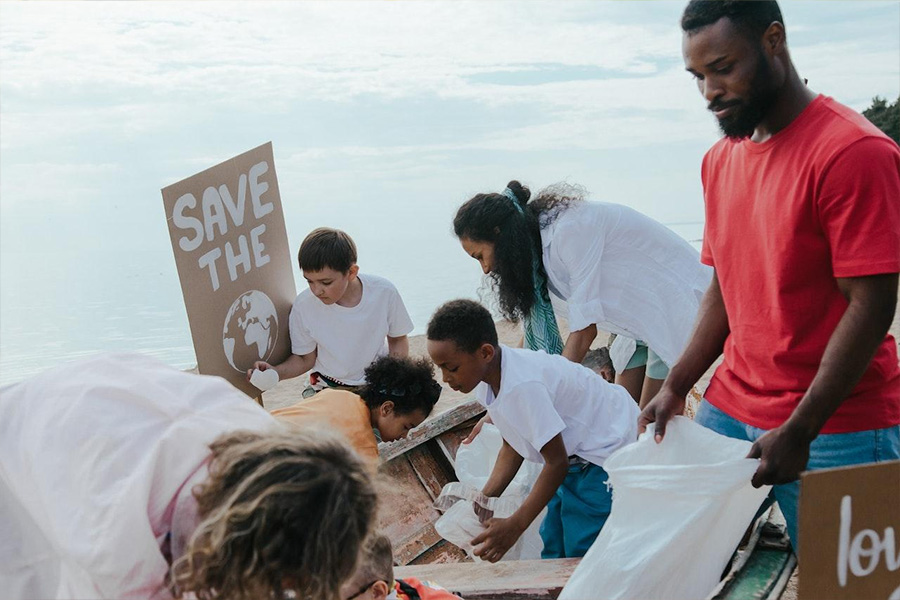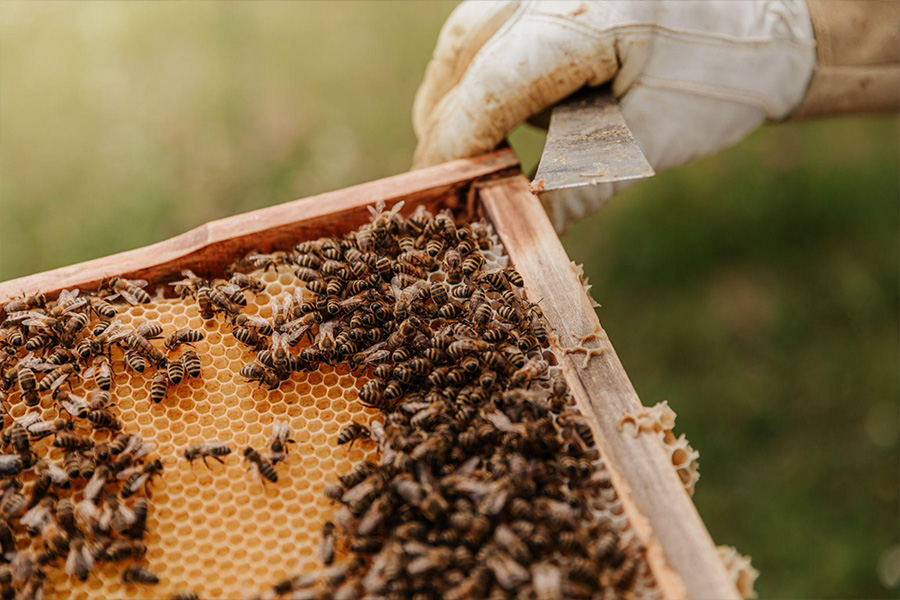Companies must keep up with the latest trends and develop strategies to fulfill modern demands. In the shadow of the cost-of-living crisis, consumers’ priorities are changing, with a strong emphasis on efficient, long-lasting products.
There is also a shift in the consciousness of consumers, with more people gravitating towards sustainable alternatives. This article provides insights into what sustainability means for businesses.
Table of Contents
The global sustainability movement
5 top trends promoting environmental conservation
Actions for a sustainable future
The global sustainability movement

More businesses have recognized the significance of a sustainable business model in recent years. This is due to increased government regulations and public pressure on companies to be more environmentally friendly.
Traditionally, projects were straightforward because the only goal was to transition to a more sustainable operation. However, businesses have also realized the importance of social movements and have started to respond by developing initiatives centered on them.
More businesses starting from 2022, are expected to launch sustainability initiatives interlinked to social movements. These movements include forest conservation, water management, beekeeping, and other strategies promoting biodiversity.
The changing business landscape
As businesses move toward more sustainable practices, efforts are made to follow ethical principles from raw material sourcing to manufacturing, delivery, and everything in between. Companies are demanding higher standards from their suppliers by emphasizing environmental and human rights concerns.
Similarly, the fashion industry is also making strides to reduce carbon emissions by recycling materials and encouraging consumers to trade in old clothes. This strategy is critical because nearly 63% of consumers say they would prefer purchasing from brands that promote sustainability.
Finally, there will be a strong emphasis on renewable energy and reducing pollution caused by fossil fuels. Consumers will increasingly seek out energy-efficient solutions in the future.
5 top trends promoting environmental conservation
Waterless products that address scarcity concerns

By 2025, 1.8 billion people will live in water-stressed areas, so water-efficient products will gain momentum. This popularity is demonstrated by a sixfold increase in social media mentions of waterless products in 2021. Many eco-friendly brands have now switched from high water-based formulas to water-restricted solutions. For example, freeze-dried skincare cubes are used on the face in conjunction with a toner or serum, eliminating water use.
The water-less formula is adopted by other industries, such as the apparel industry. New technology has been developed that can dye almost any fabric without heat while using 90% less water and 40% less dye, attracting global attention. This transition can also be seen in the beverage industry, where dissolvable tea cubes have replaced tea bags.
The market’s next focus will be on waterless sanitary products, which are expected to benefit several poor communities worldwide.
Events to impart environmental education

Global events are organized to educate, engage, and empower consumers and people visiting about a broad range of environmental issues. These events encourage discussions about the future of Earth through art, designs, technology, music, and philosophy. Further, major environmental exhibitions, workshops, and talks about climate change are held to raise public awareness.
Several brands use various strategies to create awareness. For instance, Cartier plans to install a choral sculpture outside a popular gallery calling out for the preservation of different indigenous species. Visitors are encouraged to engage with various topics and become educated on pressing issues.

Other brands are getting involved by hosting sustainable fashion exhibitions and bringing together environmentally conscious artists and designers. The aim is to showcase different talents and regenerative products, thereby promoting sustainability.
More brands should engage in ecologically sensitive topics and host educational workshops through B2C and B2B events. They must also ensure that these events are conducted in the most environmentally friendly manner possible.
Recession-resistant products designed for longevity

Everyday necessities are becoming more expensive for consumers because of the ongoing recession. Quality products with a longer lifespan will entice budget-conscious shoppers to spend more.
For instance, IKEA offers products that are easy to repair, extendable beds for growing children, and easy-to-disassemble furniture. On the other hand, tech brands offer products made of durable materials such as silicon, aluminum, and recycled bamboo and wood, among others.

The cosmetics industry has also jumped on board by designing reusable containers. Some brands, for example, sell bottles that can double down as vases, while candles are sold in cups that can also be used to drink tea.
In terms of longevity, the most common themes across industries are durability, inclusive design, and repairability. For example, a well-known brand sells long-lasting tote bags made of water-resistant PVC fabric. Brands can successfully implement this concept by clearly communicating their values to consumers and educating them on the benefits of product longevity.
Conservation programs that promote biodiversity

Brands can promote biodiversity by protecting bees and other pollinators that aid in the restoration of land degraded by tree felling and overgrazing. Many brands are participating in the movement by getting involved in restoration projects, such as planting trees on desolate lands and supporting local beekeepers. At the same time, other brands are assisting women from low-income communities in starting beekeeping businesses.
Some companies are taking the bee-saving cause all the way to parliament. They call for a ban on bee-killing pesticides, while others donate a portion of sales from limited-edition campaigns to non-profit organizations.
Some companies are utilizing AI to assist with tree planting plans for home gardens, designing beekeeping projects, and selling ‘cryptobees’ (virtual bee NFTs) to help fund natural reserve rewilding.
More brands can help this cause by participating in conservation programs that educate people about pollinators and their impact on the natural ecosystem.
Criticism against the inflation reduction act
On August 16, 2022, a bill to reduce inflation was signed into law in order to steer the United States toward lower carbon emissions and make green energy more affordable. However, critics argue that these efforts will fall short of reaching the people most affected by climate change.
The bill includes $360 billion to address the impact of industries on climate change, mitigate future energy price increases, and reduce greenhouse gas levels by 40% by 2030. An additional $60 billion has been set aside to make green energy more affordable, including electric vehicles and solar panels for low-income communities.
Many grassroots organizations have spoken out against the bill, claiming it does not address the needs of marginalized communities who live in polluted areas or lack access to clean energy. Some see this bill as a way to reduce reliance on fossil fuels while not fully addressing the pollution caused by the fossil fuel industry.
As energy prices rise, businesses must transition to renewable energy sources and provide affordable, efficient, and easy solutions.
Actions for a sustainable future
Water can be saved significantly by offering everyday essentials in more water-efficient formats. Products with a long shelf-life will be preferred as the cost of living rises dramatically.
Furthermore, businesses should plan events to raise awareness of environmental issues. Finally, brands may participate in conservation programs that aid in the restoration of the natural ecosystem.




